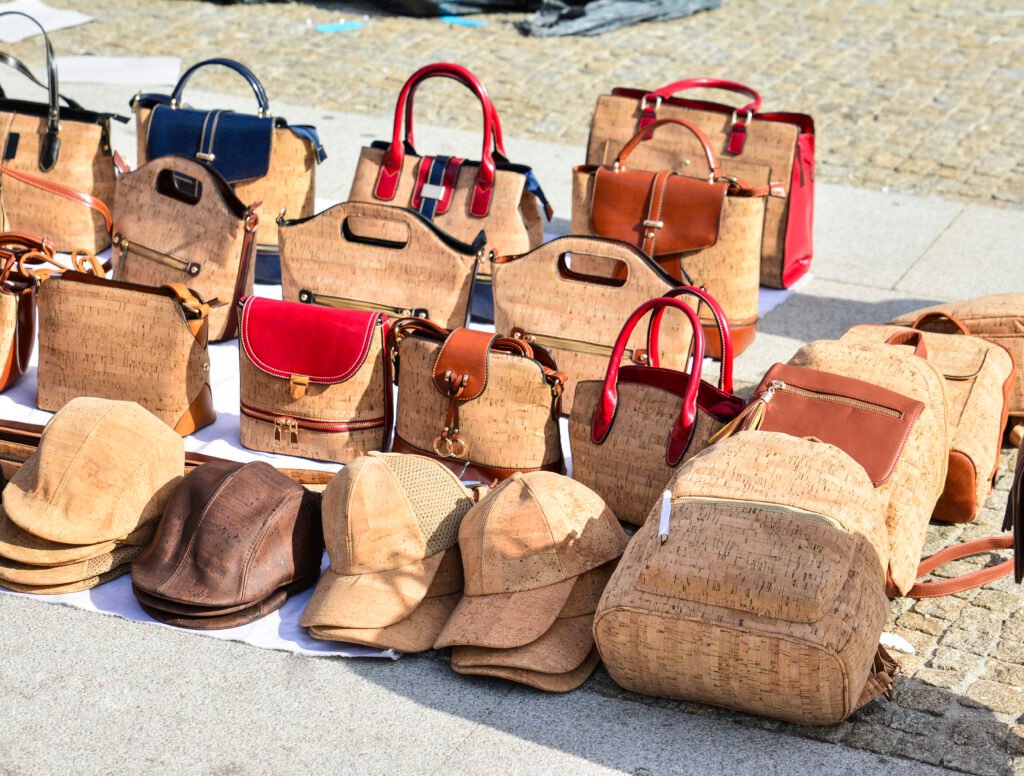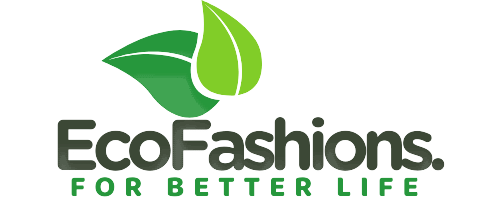Discover the Best Sustainable Materials for Eco-Friendly Bags
Environmental sustainability is increasingly prioritized in the world. The demand for eco-friendly products has surged, particularly in the fashion and accessory sectors. Among these, eco-friendly bags have gained notable attention due to their daily utility and significant environmental impact. Choosing the best sustainable materials for these bags is critical for consumers and manufacturers aiming to minimize their ecological footprint. This article explores the top sustainable materials used in eco-friendly bags, highlighting their benefits, production processes, and environmental impacts.
Why Choose Environmentally Friendly Bag Materials?
Choosing environmentally friendly fibers for bags not only helps reduce the carbon footprint but also promotes a cleaner and healthier planet. By opting for sustainable materials, you can contribute to conserving natural resources, reducing pollution, and supporting ethical manufacturing practices. Environmentally friendly bags are not only stylish but also make a positive impact on the environment.
Types of Eco-Friendly Fibers for Bags
Organic Cotton
Organic cotton stands out as one of the most popular materials for eco-friendly bags. Unlike conventional cotton, organic cotton is grown without synthetic pesticides or fertilizers, which significantly reduces soil and water pollution. The cultivation process of organic cotton also promotes biodiversity and healthier ecosystems. Bags made from organic cotton are biodegradable, durable, and versatile, making them a sustainable choice for a variety of bag styles, from totes to backpacks. Furthermore, the increased demand for organic cotton supports fair trade practices, ensuring better wages and working conditions for farmers.

Hemp
Hemp is another exemplary material for eco-friendly bags, known for its minimal environmental impact and high durability. Hemp plants grow rapidly, require little water, and are naturally resistant to pests, eliminating the need for chemical pesticides and herbicides. This hardy plant can grow in diverse climates and soil conditions, often revitalizing the soil in the process. Bags made from hemp are strong, resistant to mold and ultraviolet light, and have a naturally rugged texture that appeals to eco-conscious consumers. The sustainability of hemp is further enhanced by its potential to sequester carbon dioxide, contributing to climate change mitigation.
Recycled PET
Recycled PET (rPET) is a material derived from post-consumer plastic bottles, offering a sustainable solution to the plastic waste problem. By repurposing existing plastic, rPET reduces the demand for virgin plastic production, which is energy-intensive and polluting. Bags made from rPET are lightweight, water-resistant, and durable, making them ideal for various applications, including shopping bags and travel accessories. The recycling process of PET involves cleaning, shredding, and reprocessing the plastic into new fibers, significantly lowering the carbon footprint compared to traditional plastic manufacturing.
Jute
Jute, often referred to as the “golden fiber,” is a natural fiber that has been used for centuries due to its strength and biodegradability. Grown primarily in tropical regions, jute requires minimal chemical inputs and is known for its rapid growth cycle. Bags made from jute are sturdy, breathable, and biodegradable, making them an excellent choice for sustainable packaging and fashion accessories. Jute cultivation also benefits local economies in developing countries, providing livelihoods for millions of farmers and workers. The natural luster and texture of jute fibers add an aesthetic appeal to eco-friendly bags, aligning with the growing consumer preference for rustic and natural-looking products.
Cork
Cork is a renewable material harvested from the bark of cork oak trees, predominantly found in the Mediterranean region. The harvesting process does not harm the trees, and the bark regenerates, allowing for repeated harvests over the tree’s lifespan. Cork is lightweight, flexible, and has a unique texture, making it a fashionable and functional material for eco-friendly bags. Additionally, cork production supports the preservation of cork oak forests, which are vital for biodiversity and act as significant carbon sinks. Bags made from cork are often used for their distinct aesthetic and sustainability credentials, appealing to eco-conscious fashion enthusiasts.
Piñatex
Piñatex is an innovative material made from pineapple leaf fibers, a byproduct of the pineapple industry. This material provides an alternative to leather, with a lower environmental impact. The production of Piñatex involves extracting fibers from pineapple leaves, which are then processed into a non-woven mesh that forms the basis of this versatile material. Piñatex is strong, flexible, and biodegradable, making it suitable for a variety of bag designs. By utilizing agricultural waste, Piñatex reduces waste and provides additional income for pineapple farmers, contributing to a more circular economy.
Recycled Canvas
Recycled canvas is created from reclaimed cotton textiles and fibers, offering a sustainable alternative to new fabric production. This material leverages existing resources, reducing the need for virgin cotton, which is water and pesticide-intensive. Recycled canvas retains the durability and versatility of traditional canvas, making it ideal for making sturdy and long-lasting bags. The recycling process minimizes waste and supports the reduction of textile pollution, aligning with sustainable production principles. Eco-friendly bags made from recycled canvas are a testament to the possibilities of upcycling and waste reduction in the fashion industry.
How to Make Eco-Friendly Bags
Creating eco-friendly bags involves selecting sustainable materials, employing green production methods, and ensuring durability. Choose materials like organic cotton, hemp, recycled PET, jute, cork, Piñatex, or recycled canvas for their low environmental impact. Use eco-friendly manufacturing techniques, such as water-based inks, zero-waste patterns, and fair labor practices. Design durable, multifunctional bags to reduce the need for frequent replacements. Educate consumers on proper care to extend the bag’s lifespan. By following these steps, the production of eco-friendly bags can help reduce environmental footprints and promote sustainability. For more details, refer to our blog on the best sustainable materials for eco-friendly bags.







